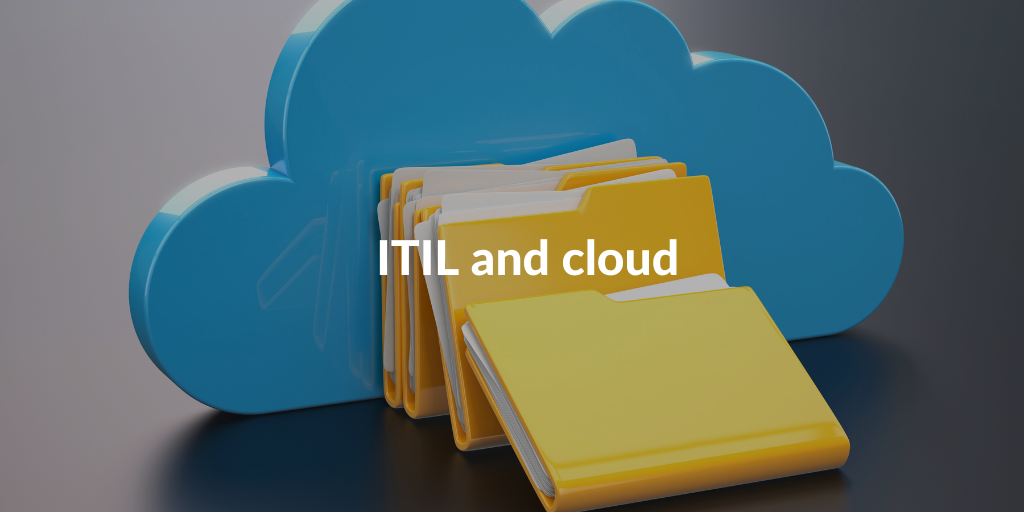Categories
Tags
Newsletter
Subscribe to the QRP International neswletter and get all the news on trends, useful contents and invitations to our upcoming events
Subscribe
Organisations used to purchase and build IT infrastructure and applications. This gave them a level of flexibility and control when it came to providing IT services and applications to meet the needs of the business. However, today we are in an era of global change.
The first wave of change occurred with the outsourcing of more and more IT infrastructure and applications to the cloud.
The second wave of change is currently happening and sees organisations contemplating the concept of digital transformation. This results in more and more organisations that embark on a digital transformation journey.
These two waves together represent significant changes that are affecting the way business and IT acquire, develop, integrate, utilise and upgrade business-enabling IT services.
However, many IT organisations are not equipped with the necessary skills to deal with this level of change.
The application of the ITIL 4 framework can support this change as the necessary frameworks for using cloud services can be found within the methodology.
There are many reasons why organisations decide to move their IT services to the cloud. For example scalability, but also flexibility, improved collaboration and reduced overall costs.
The fact that a company is introducing new technologies like the use of the cloud, does not mean that it can eliminate the controls, standardisation and processes/practices that have made the IT function successful in the past. ITIL 4 recognizes this and helps support the move to the cloud.
ITIL 4 recognises and brings together other approaches, notably Agile, Lean and DevOps, in a collaborative manner. Instead of operating in isolation, the combined approach of ITIL 4 works towards total experience management.
DevOps, Lean and Agile are certainly useful, but they are not enough to manage agile and waterfall changes simultaneously for the benefit of the entire organisation.
This is where ITIL comes in. With ITIL, a common language is created between suppliers and customers. ITIL ensures that migrations to the cloud are rapid and secure.
With the move to the cloud, the organisation outsources certain elements, tasks and responsibilities to the cloud service provider. This means that the organisation and the IT function, as the IT service provider, no longer manage certain technical components required to deliver the service. After all, the cloud is a form of outsourcing.
Cloud computing is an on-demand, flexible, pay-as-you-go self-service. The cloud is considered a service consumption model, whereas traditional IT is an ‘installation and maintenance’ model.
Cloud services are available in rapid times compared to the long lead times common in traditional IT. In order to achieve the benefits of the cloud – reduced costs, increased speed to market and innovation – ITIL processes must be put in place. Including service management, which is used to improve service delivery. This can bring along quite some challenges with cloud computing.
ITIL has special attention for service management in the context of cloud computing as ITIL’s focus on managing services and service providers based on business value is increasingly important for IT leaders and their companies.
Cloud computing poses many challenges. Before embarking on an ITIL programme for the cloud, it is necessary to know the requirements for ITIL success: governance, quality, maturity, organisational change and project management.
Ideally, you will be aiming for immediate success and using ITIL can actually increase your skills and use of the cloud. To use ITIL with the cloud, ITIL processes must adapt.
Traditional (non-cloud) ITIL is generally not optimised for the faster pace, volume of change and supplier management approach that the cloud requires. ITIL is often optimised for improving the availability of components and systems, but ITIL for the cloud requires service reliability instead of component availability. This is a major change for ITIL processes and the organisations that manage them.
Initially, it may seem that ITIL does not sufficiently support the cloud, but this is solely due to the fact that ITIL processes necessarily have to be adapted, fine-tuned.
Since the adoption of methods like ITIL, the world has changed dramatically, causing traditional IT operations to be disrupted and reinvented for the cloud. Some practices might change and so will some details of the teams’ activities. However, at a fundamental level, the practices remain the same.
As teams move to the cloud, IT operations have to change accordingly.
The latest developments in cloud and digital technologies enable organisations to develop new business models, putting pressure on established companies. However, the latest developments in cloud and digital technologies also require organisations and IT professionals to update, change, adapt and innovate.